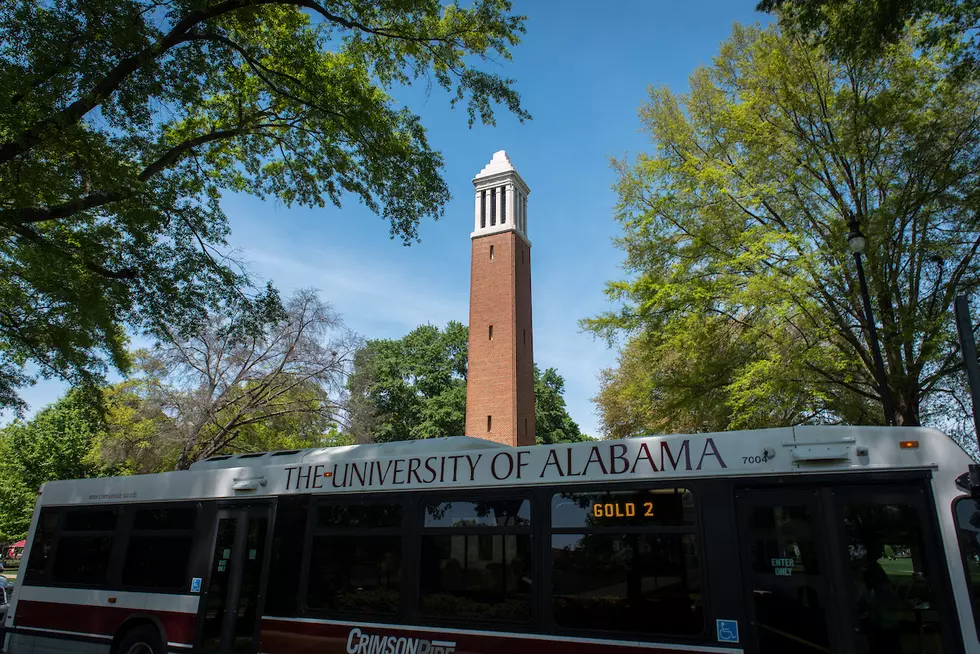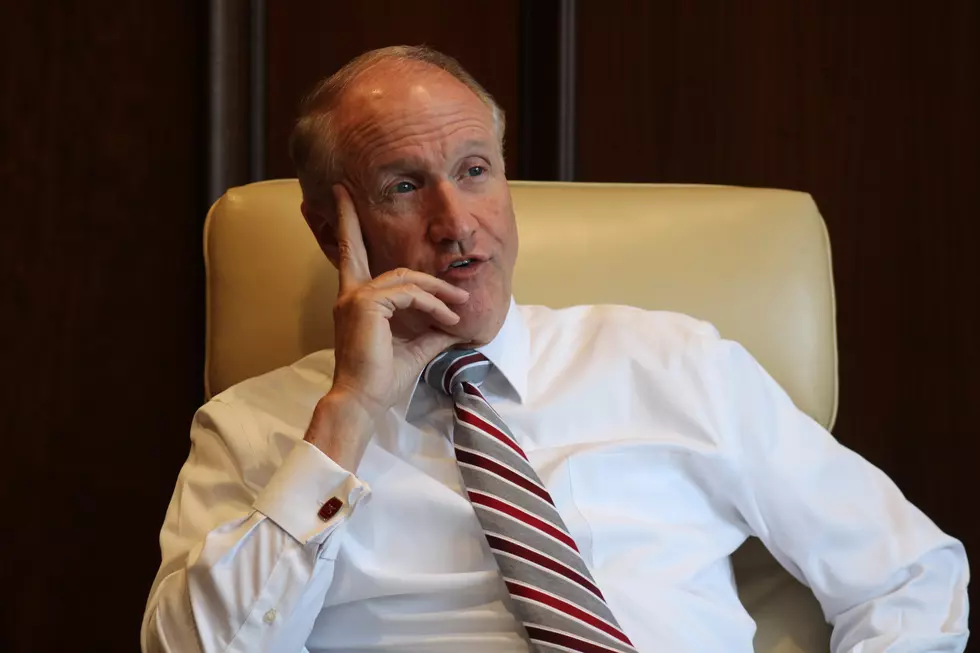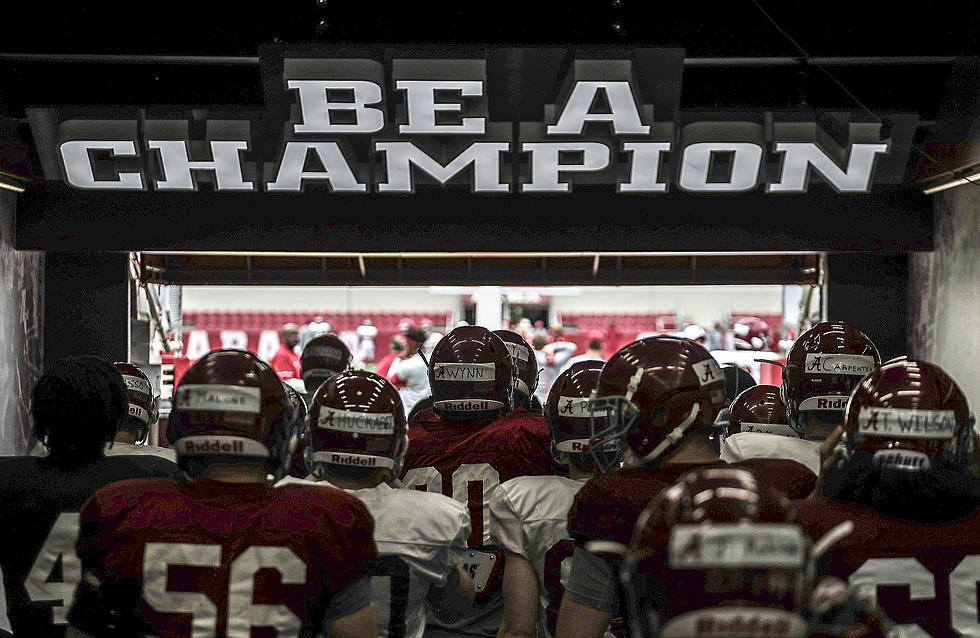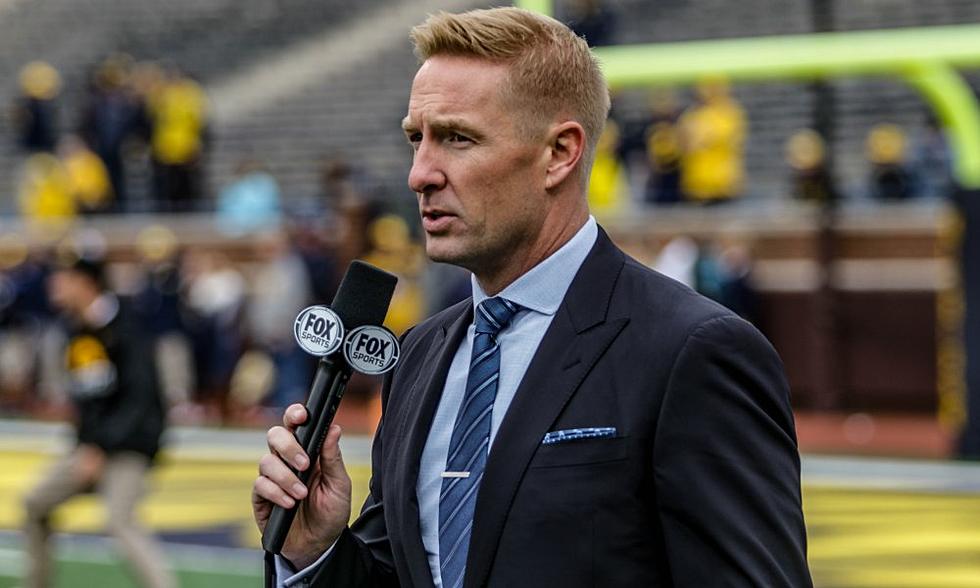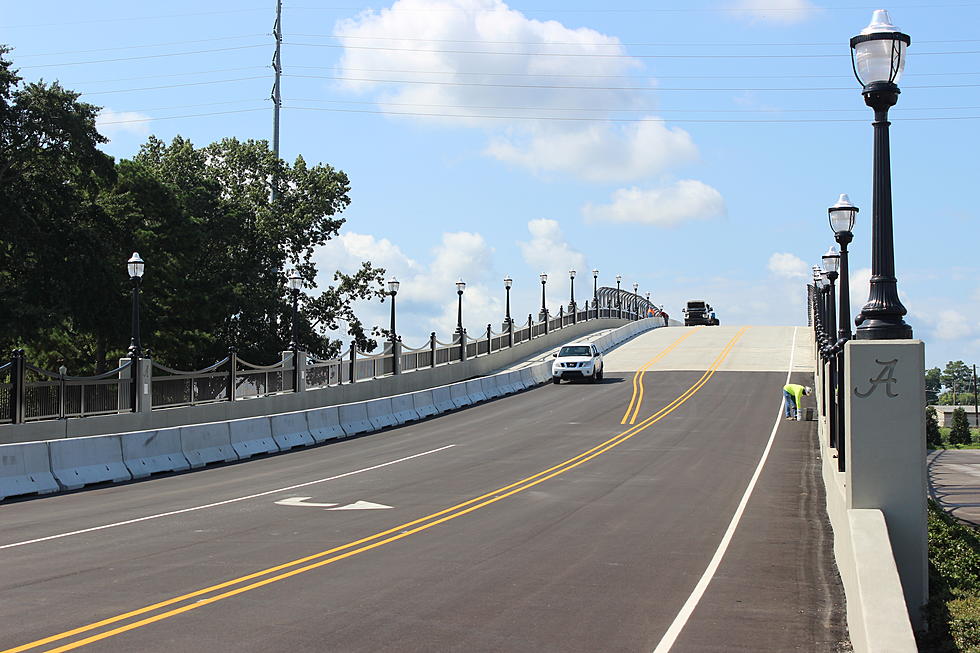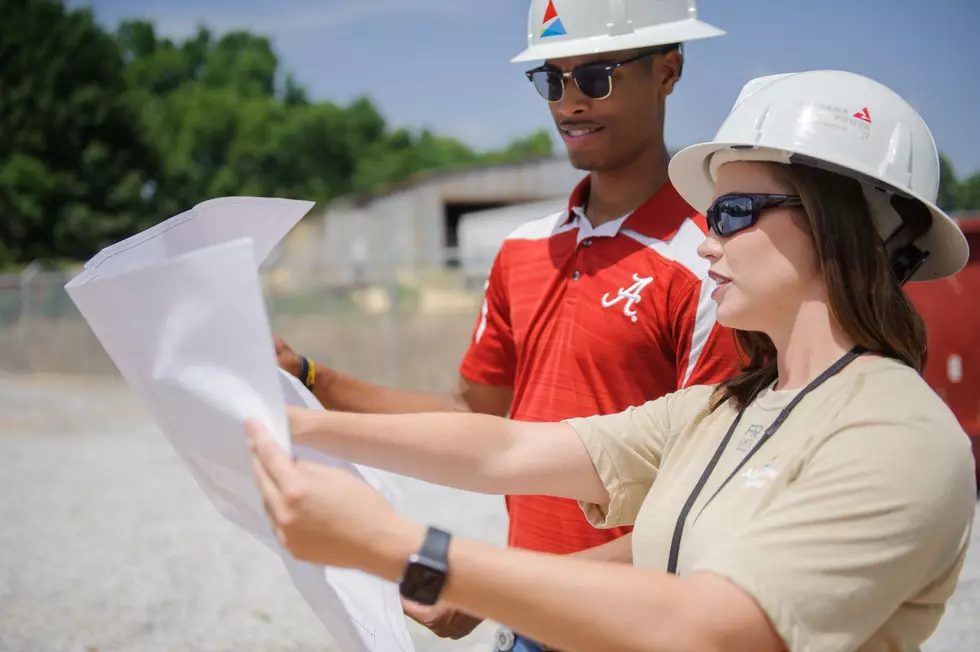
$1.5 Billion, 88-Acre Tuscaloosa Innovation District Could Create 5,000 Jobs
A concept in its infancy at the University of Alabama has the potential to become the biggest economic advancement in the Tuscaloosa area since Mercedes-Benz U.S. International came to the region 25 years ago.
The idea is called the Tuscaloosa Innovation District -- a $1.5 billion initiative that could create unprecedented employment, development and housing opportunities in the Druid City, West Alabama and beyond.

88 Acres of Economic Impact
The concept has been in development since at least early 2021 and was outlined in an Annual Report from the University's Office for Research & Economic Development last year. Its scope is hard to overstate.
"ORED led a collaborative process to create the concept for the Tuscaloosa Innovation District (TID), a $1.5 billion initiative, tied heavily to the Alabama Research Institutes, in partnership with industry," the report summarized. "When completed and fully developed, the TID will have a total workforce of almost 4,700, including the Main Street Campus and five research-themed campuses. The TID will have a total area of almost 3.84 million square feet, comprising 3.24 million square feet of non-residential space and 595,200 square feet of residential space for 1,000 to 1,200 residents."
That's 88 acres dedicated to research and development and workforce housing, all of which could be coming to Tuscaloosa in the next decade.
Deidre Stalnaker, the Director of Communications at the University of Alabama, told the Thread that the TID concept is still in its infancy and nondisclosure agreements have been in place around most of the discussions concerning it.
Other public documentation suggests this is a serious endeavor for the University, though, not a pipe dream.
Applying for "Once-in-a-Generation" Funding
Congress passed the nearly $2 trillion American Rescue Plan Act last March, and $1 billion was set aside to fund a new program from the U.S. Economic Development Administration called the Build Back Better Regional Challenge.
According to the EDA, the "once-in-a-generation funding opportunity" will provide $25 - $100 million each to 20-30 regional coalitions aiming to help their communities "not just recover from the pandemic, but – in some cases – overcome decades of economic distress."
That pool has since been cut down to 60 finalists, and only one applicant from the Yellowhammer State is still in contention for funding through the program -- the University of Alabama.
UA beat out other regional applicants including Auburn University, the city of Selma, the Mobile Area Chamber of Commerce and more with a proposal called Driving Regional Innovation through Vehicle Electrification -- DRIVE, for short.
"A Dynamic Center of Sustainable Job Creation"
The plan, if funded, would revolutionize electric vehicle development in West Alabama and the Black Belt with the Tuscaloosa Innovation District as its beating heart.
"The Driving Regional Innovation through Vehicle Electrification (DRIVE) coalition’s vision is to create a dynamic center of sustainable job creation, innovation and competitiveness in Wider West Alabama that will position the region to lead the
state and the nation into the future of mobility," UA said in their application for BBB Regional Challenge funding. "The fusion of education, economic and workforce development, and technology, facilitated and sustained in perpetuity by an innovation district (the Tuscaloosa Innovation District), will foster a broader web of smart and connected resources that will diversify and create industry and workforce opportunities across the region, particularly the rural Black Belt."
The University showcased their proposal in April in a five-minute video the EDA since has since publicly posted online.
"This DRIVE coalition, led by the University of Alabama, assembles nearly every heavy-hitter and promising upstart in Alabama's nascent vehicle electrification industry," UA's Stephanie Paul said in the presentation. "Our partners come from the public and private sectors, from education and industry, from research and practice, all with the shared mission to revitalize Alabama's rural and impoverished communities by providing free and low-cost technical training and creating well-paying jobs in our EV industry."
Paul only mentions the Tuscaloosa Innovation District briefly, but said it would be the center of the DRIVE coalition.
"The DRIVE Coalition will serve as a regional leader aligning the needs of each of our stakeholders with the resources of others and to this end, the TIDE3 -- the Tuscaloosa Innovation District Electrification Expansion Efforts project -- will construct a hub for EV and educational innovation, for thought leadership, policy and decision-making as well as industry development and company recruitment."
Grant Announcements Coming Soon
While many of the details surrounding the Tuscaloosa Innovation District and the DRIVE Coalition are still confidential, news about at least one part of the puzzle is sure to come soon.
The U.S. EDA said finalists in the Build Back Better Regional Challenge will know by late summer if they will receive grants, which will be formally signed no later than the end of September.
That means in the next few weeks, the University and its partners will officially learn if they will receive between $25 and $100 million of federal funding and if the news is good, more announcements on the Innovation District and DRIVE are likely to soon follow.
Stay connected to the Tuscaloosa Thread for updates on this concept as they become publicly available.
Top Stories from the Tuscaloosa Thread (8/15 - 8/22)
More From Tide 100.9


